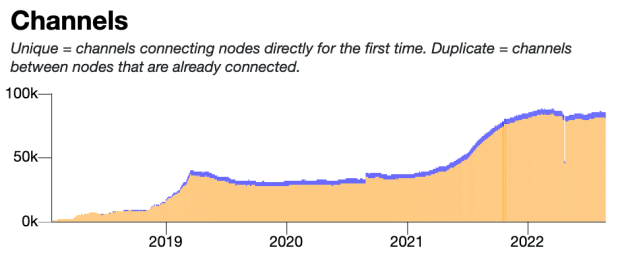Expanding Bitcoin Custody Models With FediMint
The Fedi team is using the ideas behind Chaumian Ecash to develop alternative custody solutions in order to onboard many more people to bitcoin.
Disclaimer: The author is a venture partner at Ten31, which co-led Fedi’s seed round.
The below is a direct excerpt of Marty’s Bent Issue #1241: “Fedi is here to bring a consumer app building on FediMint.” Sign up for the newsletter here.
We’ve been covering the development of FediMint in Marty’s Bent for a little over a year now. FediMint is an open-source protocol that enables groups of individuals to create federated Chaumian Mints on Bitcoin. When individuals send bitcoin to these federated mints they receive Ecash tokens that represent different denominations of sats. In return, they can then send these within the mint to other users with a high degree of privacy. Once users are inside the federation and transacting with Ecash tokens, federation members do not know who is transacting with whom. This is a very creative way to give end users better privacy while creating an environment in which bitcoin can scale to billions of people.
Last week, Obi Nwosu, Eric Sirion and Justin Moon announced the launch of Fedi, an open-source wallet and commercial company they are building that leverages the open-source FediMint protocol to bring an extremely user-friendly wallet and suite of services to those in desperate need of Bitcoin’s utility as a distributed network with a sound monetary good. As I’ve been saying for over a year, this is one of the most exciting areas of development happening across the Bitcoin stack. It expands the design landscape for those looking to build unique experiences on Bitcoin without having to make changes at the protocol level. It brings badly needed privacy tools to bitcoin users around the world, but particularly to those living under repressive regimes who desperately need the cover of transaction privacy to reduce the chances of being persecuted. It also provides better custody assurances compared to centralized exchanges, helping to nudge users down the path toward full-fledged self-custody.
When discussing how Chaumian Mints can be leveraged to bring increased utility to the Bitcoin stack, most have focused on the simple use case of receiving and sending Ecash tokens — that represent different denominations of sats — in a private and scalable way. What’s even more exciting is that the modular nature of the FediMint protocol will allow individuals to build more complex use cases into their mint offerings, if they so please. For example, Justin Moon and others injected Simplicity, “a low-level programming language with greater flexibility and expressiveness than Bitcoin Script,” into a Chaumian Mint created with FediMint during the Bitcoin++ hackathon earlier in summer 2022. Simplicity has been talked about for a long time within the Bitcoin developer community and is something many would like to see implemented into the protocol but seems to have a very low likelihood of happening at this point. With the emergence of FediMint, it seems that Simplicity could find its way to Bitcoin, just at a different part of the stack than has been expected.
This is only the tip of the iceberg of things that could potentially be built on top of FediMint. It will be interesting to see what the Fedi team brings to market with their commercial products. If you want to learn more about how FediMint works and what the Fedi team has planned with their first wallet, I recorded an episode of TFTC with the team that will give you more insight into how all of this works and how it may progress from here.









